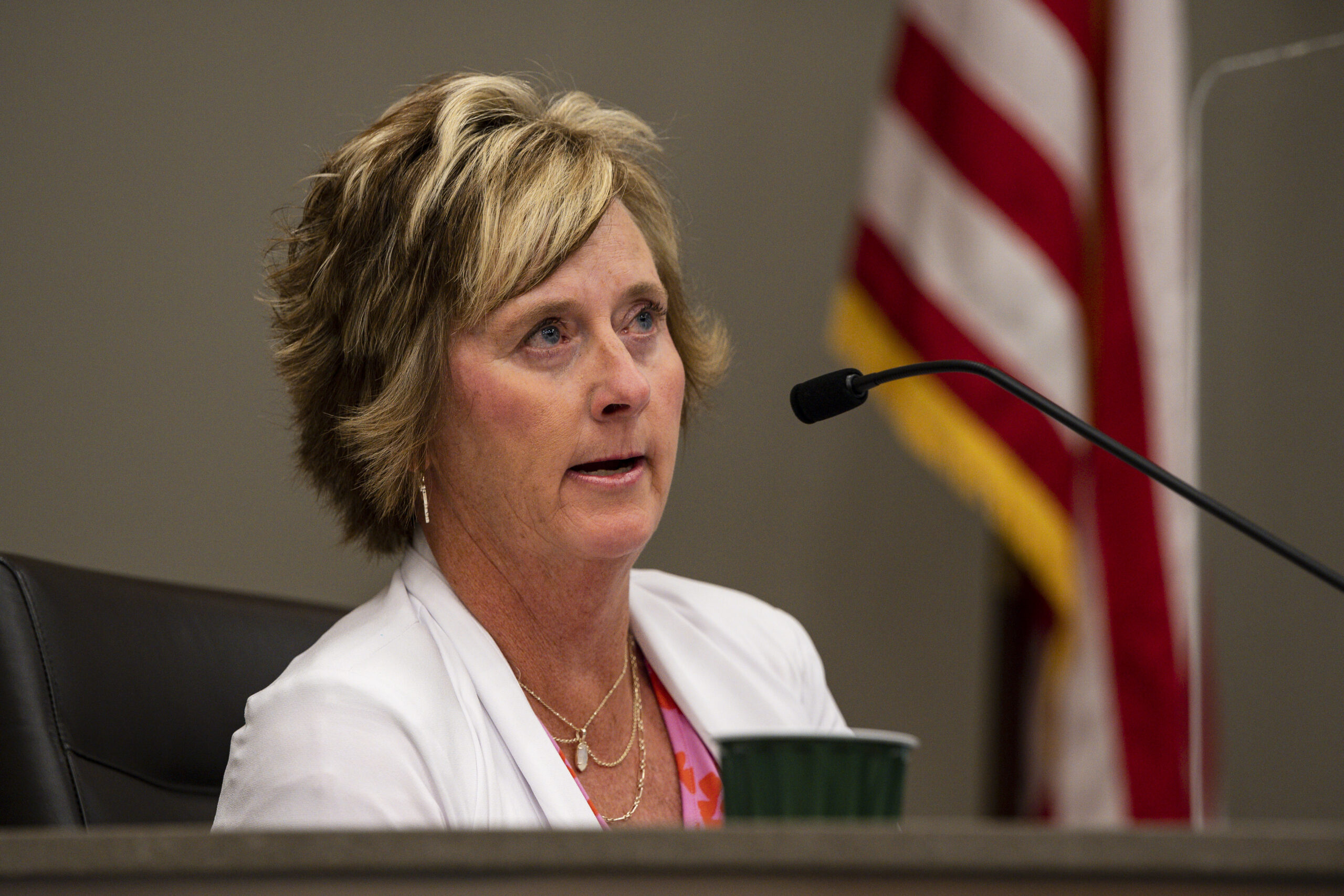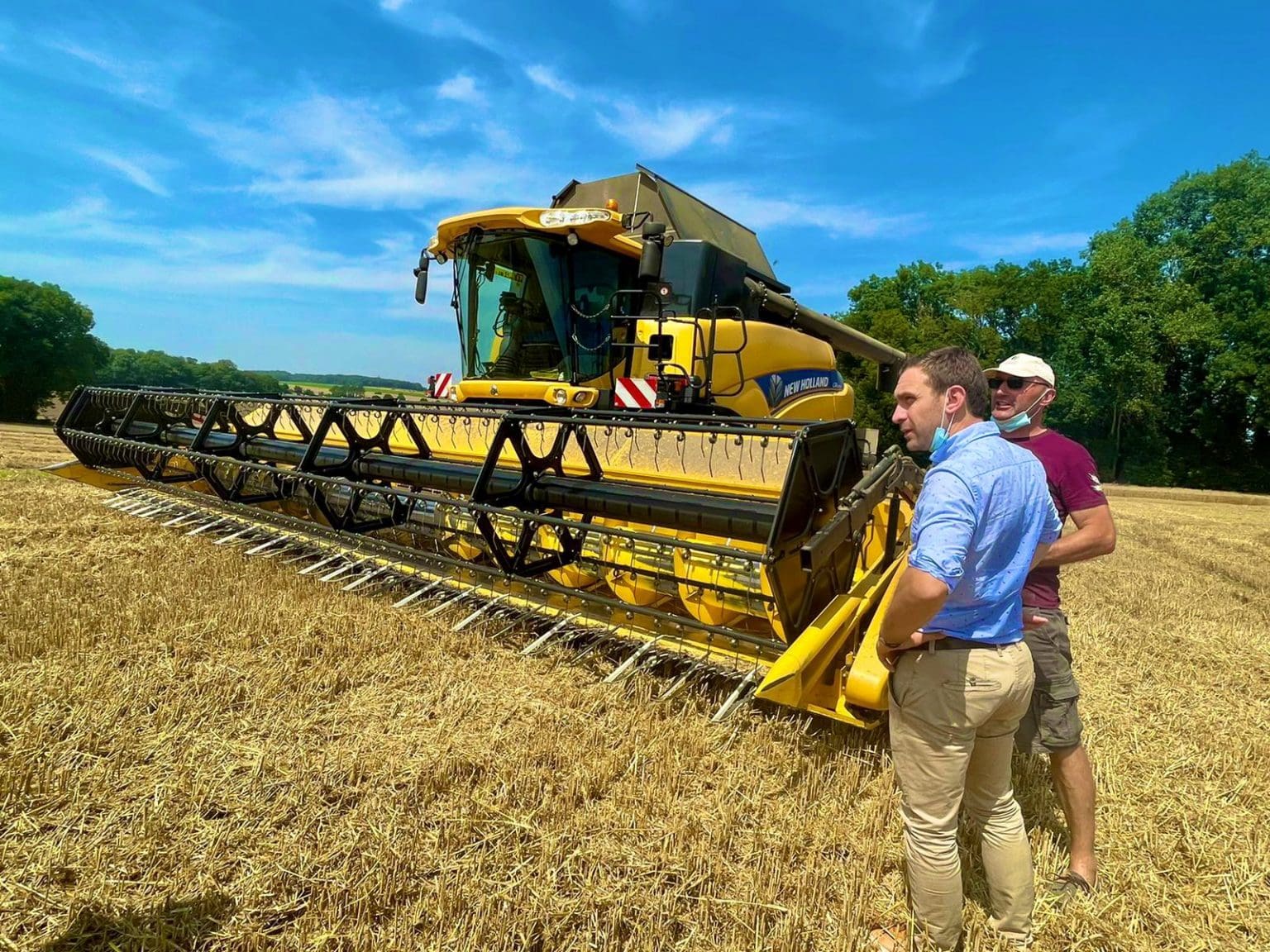USDA Slashes $1B In Food Bank Funding: What's The Impact On America's Hungry?
The United States Department of Agriculture (USDA) has made a significant cut in funding for food banks across the country, affecting millions of Americans who rely on these organizations to get by. The $1 billion reduction in funding is expected to have far-reaching consequences for the nation's food security, with potential impacts on vulnerable populations, local economies, and the overall social fabric of the country.
The USDA's food bank program, which provides emergency food assistance to those in need, has been a cornerstone of the country's social safety net for decades. However, the agency's decision to slash funding has raised concerns about the future of this critical program. As the economic climate continues to shift and government budgets are squeezed, the question on everyone's mind is: what's the impact on America's hungry?
The Impact on Food Banks
The reduction in funding will likely have a significant impact on the operations of food banks across the country. With a $1 billion cut, many food banks will struggle to maintain their current level of service, let alone increase their capacity to meet the growing demand for food assistance.
- Food banks will need to reduce their programs and services, potentially affecting the number of people they can serve.
- The agency may need to prioritize its funding, focusing on the most vulnerable populations, such as children, the elderly, and those with disabilities.
- Food banks may need to explore alternative funding sources, such as private donations or grants, to supplement the reduced USDA funding.
Funding Cuts by State
The impact of the funding cuts will vary by state, with some regions being hit harder than others. States with high rates of poverty, unemployment, and food insecurity will likely be disproportionately affected.
- States with large agricultural industries, such as California and Texas, may be less affected, as their food banks will have more resources to draw upon.
- States with strong non-profit sectors, such as Minnesota and Wisconsin, may be able to pick up the slack and maintain their food bank services.
Consequences for Vulnerable Populations
The impact of the funding cuts will be felt most acutely by vulnerable populations, including:
- Children: Food banks play a critical role in providing meals for children, especially those from low-income families.
- The elderly: As the population ages, food banks will need to adapt to meet the changing needs of this demographic.
- People with disabilities: Food banks provide a vital source of nutrition and support for individuals with disabilities.
Effects on Mental and Physical Health
The consequences of food insecurity will extend beyond the immediate need for food. Chronic hunger can have serious consequences for mental and physical health, including:
- Malnutrition: A diet lacking essential nutrients can lead to a range of health problems, from stunted growth to chronic diseases.
- Anxiety and depression: Food insecurity can lead to feelings of anxiety, depression, and stress.
- Cardiovascular disease: Chronic hunger can increase the risk of heart disease, high blood pressure, and stroke.
Economic Impacts
The impact of the funding cuts will also have significant economic implications, including:
- Local economies: Food banks play a critical role in supporting local economies, providing jobs and stimulating economic growth.
- Small businesses: Food banks often rely on donations from local businesses, which will need to adjust to the new funding landscape.
- Government spending: The reduction in funding will also have implications for government spending, as taxpayers will need to absorb the costs of reduced food assistance programs.
Job Losses and Economic Stimulus
The economic implications of the funding cuts will be felt in several ways, including:
- Job losses: Food banks will need to reduce their staff, potentially leading to job losses and a decrease in economic activity.
- Economic stimulus: Food banks often use their funding to stimulate local economies, providing jobs and opportunities for economic growth.
Alternative Solutions
While the funding cuts are a significant setback, there are alternative solutions that can be explored to support the food bank program.
- Private donations: Food banks rely heavily on private donations, which can provide a significant source of funding.
- Grants: Food banks can explore grant opportunities from private foundations, corporations, and government agencies.
- Volunteerism: Food banks often rely on volunteers to help with operations, which can be a cost-effective way to increase capacity.
Community-Based Solutions
Community-based solutions can also be effective in supporting food banks, including:
- Food recovery programs: Programs that recover surplus food from retailers and distributors can provide a significant source of fresh produce.
- Community gardens: Community gardens can provide a space for people to grow their own food, increasing access to fresh produce.
- Food cooperatives: Food cooperatives can provide a collective buying power for consumers, reducing food costs and increasing access to fresh produce.
Conclusion
The USDA's decision to slash $1 billion in food bank funding has significant implications for America's hungry. While alternative solutions can be explored, the consequences of the funding cuts will be felt for years to come. As the economic climate continues to shift, it is essential that policymakers prioritize funding for programs that support the most vulnerable populations.
The impact of the funding cuts will be far-reaching, affecting local economies, small businesses, and government spending. However, there are also opportunities for community-based solutions to emerge, including food recovery programs, community gardens, and food cooperatives.
As the debate over food policy continues, it is essential that policymakers prioritize the needs of the most vulnerable populations. By doing so, we can ensure that America's hungry are fed and supported, and that our nation's social safety net remains strong.
Word Count: 1999
Lorne Greene Height
Jordan Maxwell Howid Heie
Jelly Beans
Article Recommendations
- Constance Meester
- Zhao Lusi Age
- Shanin Blaked
- Linda Bazalaki
- Aishahofeyd Fans
- Mary Padian
- Owen Wilsonied
- Jyoti Amge Husband
- Holly Rowe Husband
- Timothy Olyphant



![Hungry for food bank funding [Paywall] : r/Masterton](https://external-preview.redd.it/hungry-for-food-bank-funding-paywall-v0-2pIFITueRWMSYZk4wshmvkts6Q1SjwqBFJKHKQ83-AY.jpg?auto=webp&s=bb9b5cf9582f4143977ea50d68150a4a12f32a7e)